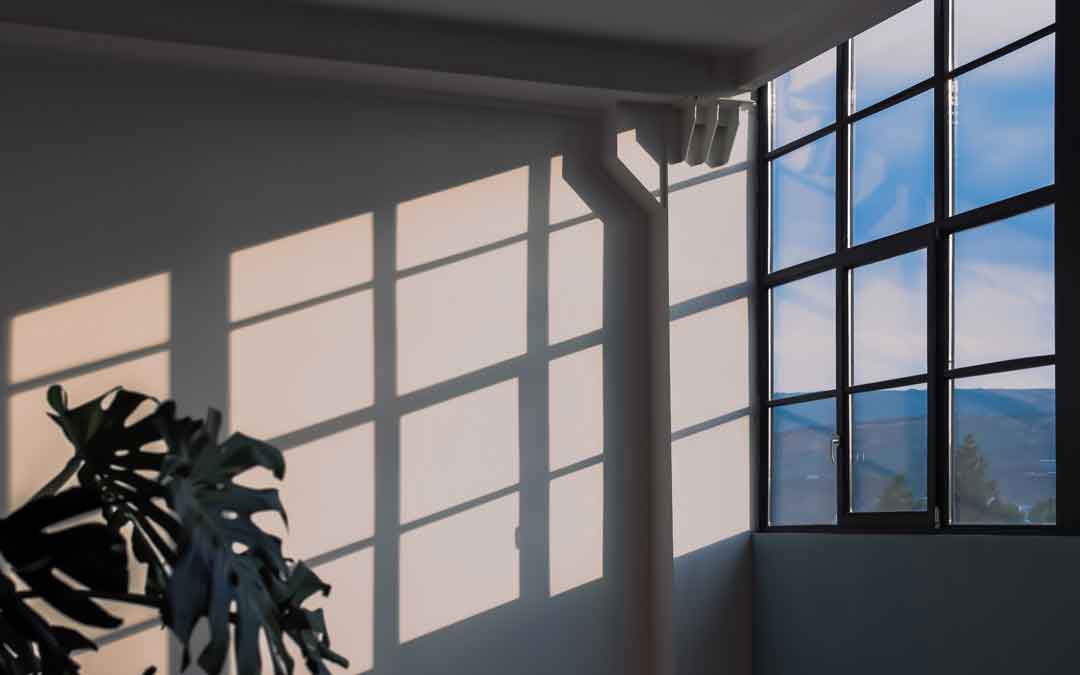Simple steps to make your home more energy efficient

Last month I wrote about some of the basics in building a more energy efficient home. This article describes some of the ways you can make an existing home more energy efficient with some simple steps.
While a full ‘ground up’ retrofit can make a house far more energy and cost efficient, some basic changes can be made which will cost far less.
The simplest of these is a change in the way we use our home – behaviour changes. The most obvious change is do less of whatever uses energy around the home. For example, is it possible to use a broom to sweep floors rather than a vacuum cleaner? Could you turn the heating down a couple of degrees in cool weather (or the cooling down in hotter weather)? Would wearing warmer clothing allow you to be comfortable in winter with less heating use. Could you only heat rooms which are in use, rather than the whole house?
These kind of changes might seem too simple, but studies have shown that small scale individual changes to energy use can add up to significant savings in total.
Going beyond behaviour changes, small outlays of money can have a significant impact. Most of us are familiar with changing from incandescent to LED lights, with significant reduction in energy use. And what about changing the shower head? Those designed for efficiency not only save water, they reduce water heating costs.
More expensive, but highly effective, is the addition of roof insulation. The Australian government estimates that heating and cooling costs can be reduced by up to 45% with roof insulation. When we had our weatherboards replaced we also added acoustic-grade wall insulation, which not only reduced energy use, it made for a quieter house. Since we have a raised timber floor, we will shortly add insulation to our underfloor, which a friend describes as being ‘like a cosy blanket.’
Windows can be a source of heat leaking from our house, or they can be an ally in effectively heating our home. As I’m sitting here writing this article, on a sunny Sunday morning, the late May sun is penetrating the northerly-facing windows in our living and study rooms. With the outside temperature heading slowly away from 5.8 degrees at 7.30 am, I am sitting comfortably, without turning on any heating. This level of comfort is partly due to us replacing the old leaking aluminium-framed windows with double-glazed, hardwood-framed windows from a local joinery.
Replacing windows is expensive. Fortunately there are some simple solutions. A number of companies can add an extra layer to an existing window – in effect, a window inside the existing one. We did this previously in our business premises and also reduced the noise of the main road we were on. Alan Cuthbertson from the Monty community group runs DIY Double Glaze, a small business offering advice, supply and installation of double-glazing. His website also has useful tips.
The final suggestion for simple fixes to energy wastage, is to seal your home. Most Australian homes are leaky. If you think of your home like a boat, any leak is likely to undo at least some of the work you do to insulate! Finding the sources of leaks (often around wall junctions, doors and windows), means they can be sealed, usually with a tube of gap filler or inexpensive rubberised beading. Alan Cuthbertson is able to use a thermal imaging camera to detect these leaks.
In a later article I will look at more technical solutions to energy efficiency.
Useful links
https://blog.csiro.au/renovating-or-retrofitting/
https://www.yourhome.gov.au/passive-design/insulation
https://www.diydoubleglaze.com.au
Written by Paul Gale-Baker
